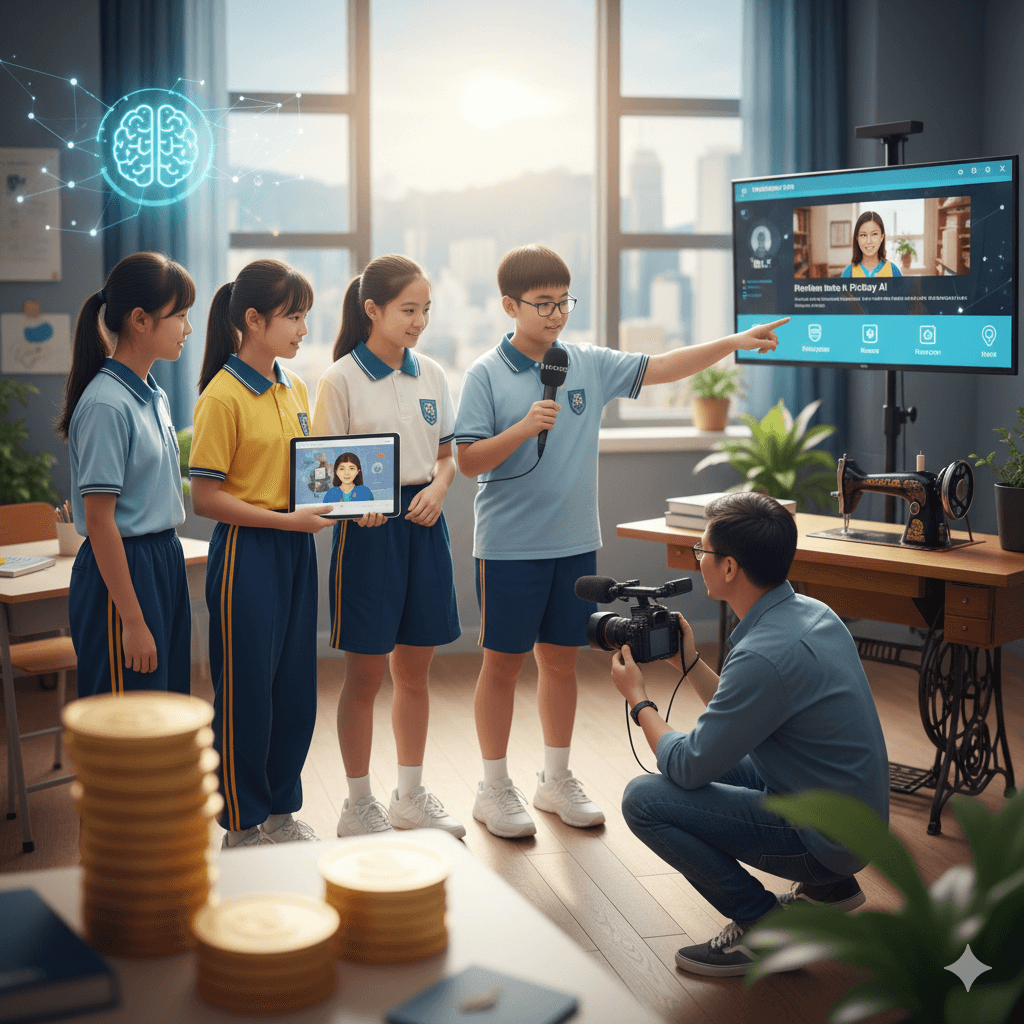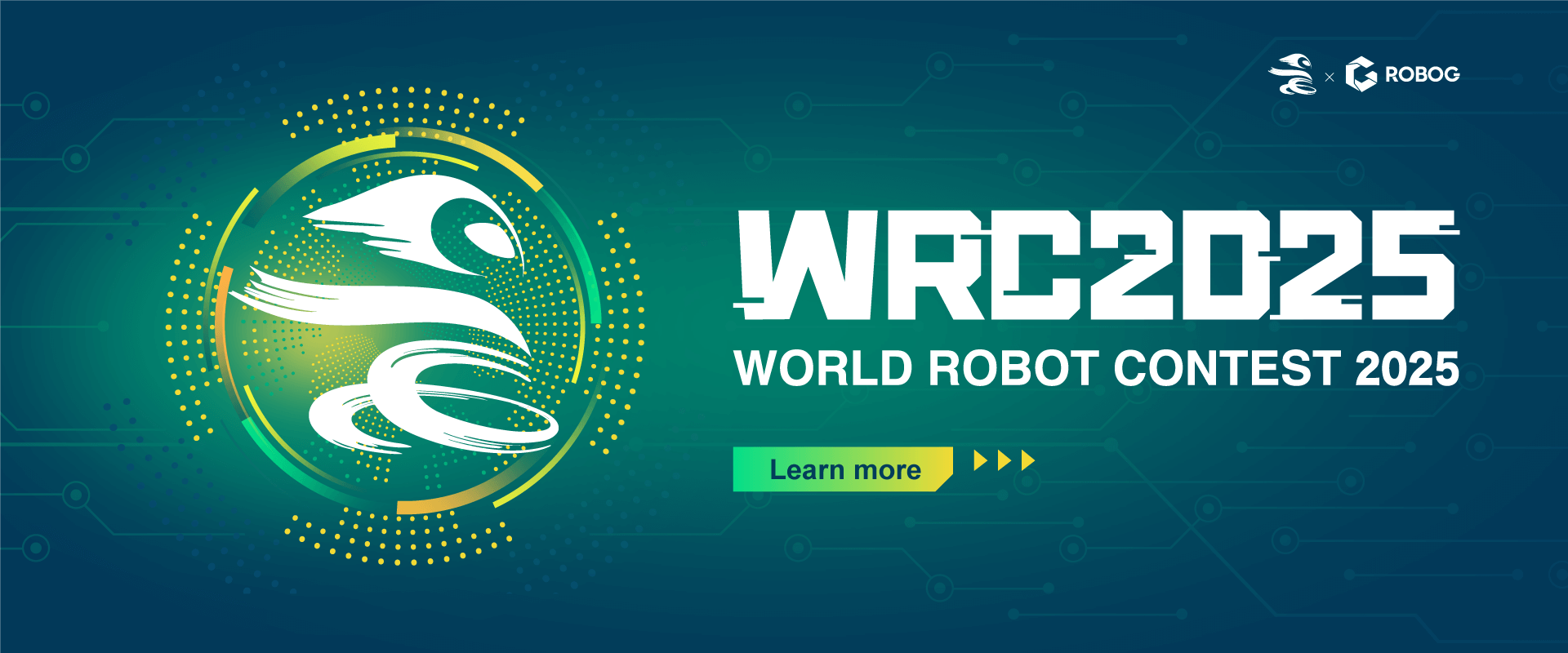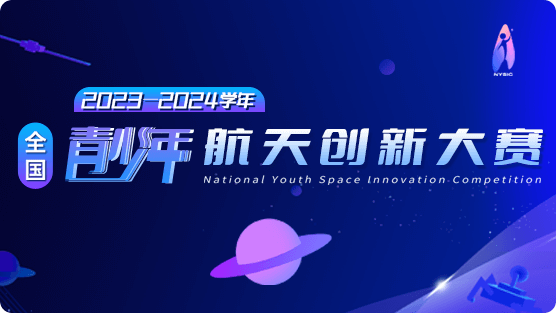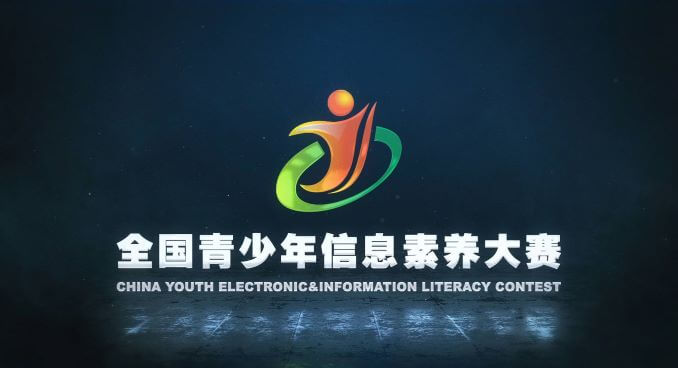With the rapid development of science and technology, improving students' scientific and technological literacy, especially artificial intelligence (AI) and programming skills, has become a core issue in the education sector. How to effectively evaluate and improve students' scientific and technological level and make it in line with national and even international standards is the focus of our common concern. This article will give you a detailed introduction.National Youth Level Examination.
What is the National Youth Level Examination? Why should you pay attention to it?
The National Youth Level Examination isChinese Institute of Electronics The China Electronics Society was founded in 1962 and is a direct subordinate unit of the Ministry of Industry and Information Technology. It is also a 5A-level national academic social group and has a very high authority in China.
The exam aims to comprehensively assess the information technology knowledge and practical ability of young people, especially in the fields of software programming, robotics, 3D creative design, drone technology, and electronic information. As of 2021, the number of applicants nationwide has reached 800,000, making it one of the most influential youth exams in China.
National Youth Level Examination: Systematic, multi-field scientific and technological ability assessment
The National Youth Level Examination is conducted by the authoritativeChinese Institute of ElectronicsThe exam is hosted by the National Science and Technology Commission of China, and aims to systematically evaluate the comprehensive capabilities of young people in the field of information technology. The exam system is huge. It is not a single programming exam, but covers several core directions of current technological development, mainly including the following:5 categories and 7 technical directions :
-
Youth Software Programming Level Examination:
- Graphical programming (such as Scratch): Usually used as an introduction to programming, it focuses on cultivating students' computational thinking and logical abilities. In Vinci AI's course, level 1 corresponds to an introduction to graphical programming.
- Python Language: Python is one of the most popular programming languages because of its simple syntax and wide application. The exam usually covers language basics, data processing, algorithm design, etc. In Vinci AI's course, Level 2 corresponds to Python language basics and applications.
- C language (C/C++): It is closer to the bottom layer and has higher requirements on students' abstract thinking and algorithm implementation ability. It is an important foundation for advanced learning and participation in informatics competitions.
-
Youth Robotics Technology Level Examination: Combining multidisciplinary knowledge such as mechanical structure, electronic circuit, software programming, etc., the course comprehensively examines students' hands-on ability, innovative design ability and problem-solving ability.
-
Youth 3D creative design grade test: Examine students' basic ability to use 3D design software for model creation, creative expression and digital manufacturing.
-
Youth UAV Technical Level Examination: It covers the flight principles, control techniques, aerial photography and surveying, and programming applications of drones.
-
Youth Electronic Information Level Examination: It involves hardware-related knowledge and skills such as electronic components recognition, circuit analysis and design, and microcontroller applications.
Examination content and ability requirements: step-by-step, focus on practice
A major feature of the National Youth Level Examination is thatScientific system, step by stepEach technical direction will be divided into different levels, from the simplest to the most complex, to ensure that students can gradually master the relevant knowledge and skills.
Take the "Youth Software Programming Level Examination" as an example:
- Primary stage (such as first-level graphical programming):
- Core objectives: Master the basic concepts of programming, such as sequences, loops, conditional judgments, etc.
- Ability requirements: Be able to understand and use graphical programming tools, complete simple program design, and cultivate preliminary logical thinking and computational thinking.
- Intermediate stage (such as Python language basics):
- Core objectives: Master the grammatical rules of a specific programming language and understand core concepts such as object-oriented, functions, and data structures.
- Ability requirements: Be able to use programming languages to solve practical problems, perform data processing, and conduct preliminary algorithm design.
- Advanced stage (such as advanced C++/Python algorithms):
- Core objectives: In-depth understanding of complex algorithms, data structure optimization, and strong system design and debugging capabilities.
- Ability requirements: Able to complete more complex projects independently and have the potential to participate in higher-level technology competitions or scientific research projects.
It is worth noting that all types of exams are veryEmphasis on practice, encouraging students to apply theoretical knowledge to solve practical problems This is highly consistent with the concepts of "learning by doing" and "project-based learning" emphasized in modern STEM education.
Why guide students to participate in the "National Youth Level Examination"?
For primary and secondary school teachers, incorporating the National Youth Level Examination into their teaching plans can bring significant benefits to students in many aspects:
- Authoritative national certification to enhance academic and further education competitiveness: The exam is sponsored by the China Institute of Electronics and is recognized at the national level. The certificate is of great value. It not only enriches students' resumes, but also helps them gain important advantages in their future studies (some provinces and cities implement policies to increase the scores of the college entrance examination and the high school entrance examination for students holding the certificate) and in the competition for employment.
- Connect with national education standards and objectively evaluate teaching effectiveness: The examination standards were jointly developed by the China Institute of Electronics, Peking University School of Information Science and Technology and other top universities, with technical support from well-known companies such as Tencent. Its design draws on the talent selection concepts of universities at home and abroad, and incorporates the practice and engineering ideas of maker education. Schools can use this to objectively evaluate their own STEM teaching results and ensure that they are in sync with national advanced education standards.
- Scientific grading, step-by-step, stimulate learning potential: The level test adopts a clear level and gradual progress method to help students gradually master the knowledge and skills of information technology. The test content pays special attention to the assessment of practical operation and application ability, encouraging students to flexibly apply theoretical knowledge to solve practical problems, thereby effectively stimulating their interest in learning and cultivating innovative thinking, computational thinking and logical thinking ability.
- Expand international vision and connect future opportunities: Those who pass some level exams will have the opportunity to directly obtain certificates issued by EXIN, an internationally recognized IT certification organization, and achieve international recognition. At the same time, excellent exam results will be included in the Chinese talent pool, laying a solid foundation for students' future career development and broader opportunities.
- Wide recognition helps long-term development: The certificates of this level of examination have been recognized by well-known domestic universities including Peking University, Chongqing University, Nankai University, Zhejiang University, as well as top international technology companies such as Microsoft, Tencent, and ARM.
Vinci AI: Your professional partner in promoting the National Youth Level Examination in Hong Kong
As a top technology education and training institution, Vinci AI focuses on providing high-quality artificial intelligence and STEM education solutions. We are committed to popularizing AI literacy in Hong Kong, and have successfully provided diversified services including curriculum design, teacher professional development training, student workshops and technology competition guidance to more than 100 schools and non-governmental organizations. As an incubation company of Hong Kong Cyberport, Vinci AI actively cooperates with many universities in Hong Kong, independently develops cutting-edge artificial intelligence courses and educational products, and has won investment support from the Tech 300 Venture Fund of City University of Hong Kong. Our teaching team is star-studded, consisting of experienced university lecturers and doctoral research experts in the field of AI. The core management team also comes from Fortune 500 companies, with both academic authority and industry vision.
Vinci AI has been officially authorized by the China Institute of Electronics and is currently the only certified "National Youth Level Examination" examination service station and consulting service station in Hong Kong. We deeply understand the educational environment in Hong Kong and the actual needs of teachers in promoting science and technology education. Therefore, we not only provide convenient examination registration services, but also strive to create a series of professional training courses that are closely integrated with the examination syllabus.
National Youth Software Programming Level Examination Course
Vinci AI Yunsi Intelligence as Hong Kong Official "National Youth Level Examination Consultation Service Center", is committed to promoting this national certification in Hong Kong and providing professional training courses for young people who are interested in improving their software programming skills.










